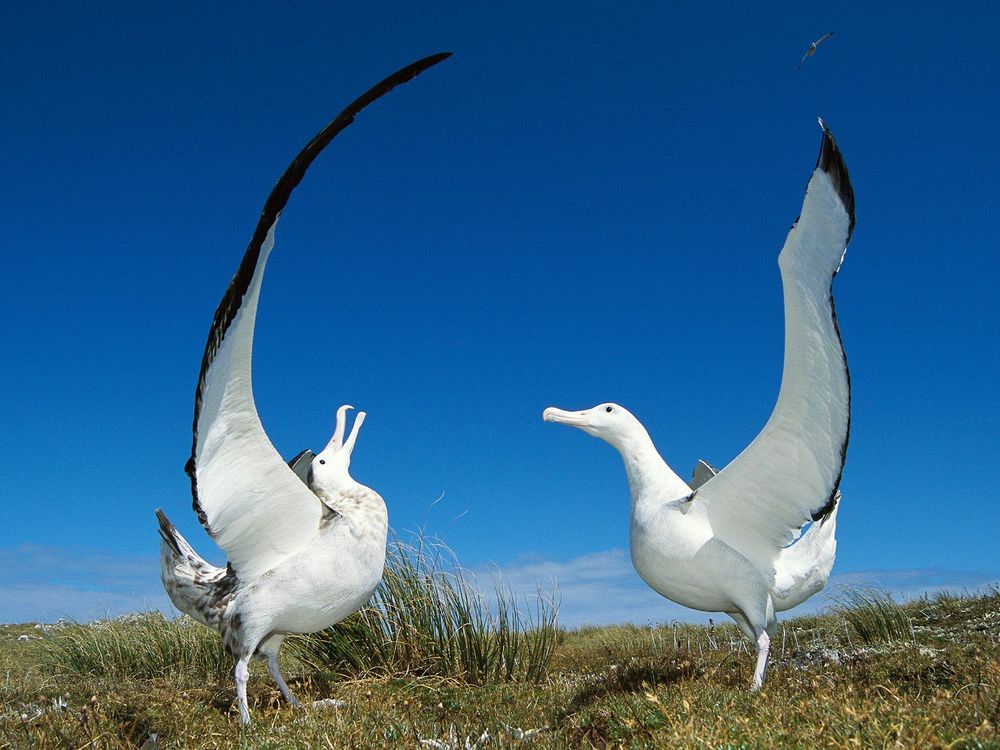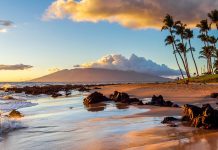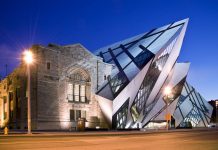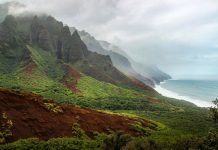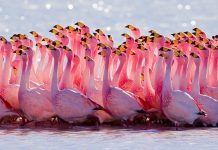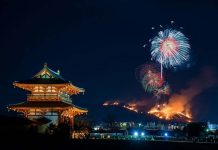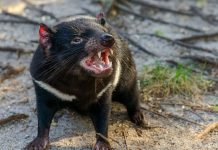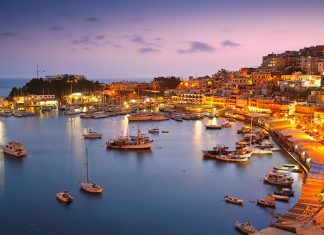The stunning Falkland Islands, located 645 km off the coast of South America, were visited by Charles Darwin in the XIX century. There are only 2,500 people living here, and 80% of them are in Stanley, the capital of the islands.
The islands are under the influence of Antarctic and sub-Antarctic waters, which affects the richness of the local fauna: endemic birds and large colonies of seals and seabirds live here.
This is the most important breeding place of the northern crested penguin in the world, the second most important place for the Papuan penguin and the most accessible place for a person who wants to see the king penguin. And yet the islands are famous primarily for the colonies of the black-browed albatross: 800,000 individuals live here — 80% of the world population.
Albatrosses arrive in October, welcoming partners they haven’t seen for a year. The subsequent courtship will be loud and refined: the birds stand up against each other, open their 2.5-meter wings, point their beaks to the sky and make loud moo sounds. The largest of the 12 albatross colonies lives on the island of Sgiple-Jason, but birds can be seen on other islands.
In October, you will also be able to see newborn cubs of southern elephant seals — about 5,000 puppies are born on the island every year. In addition, seals of two other species and a dozen species of whales can be observed in these waters.
YOUR ADVENTURE: The mating season of albatrosses has arrived
WHERE: Falkland Islands, South Atlantic
DATES: October – March

